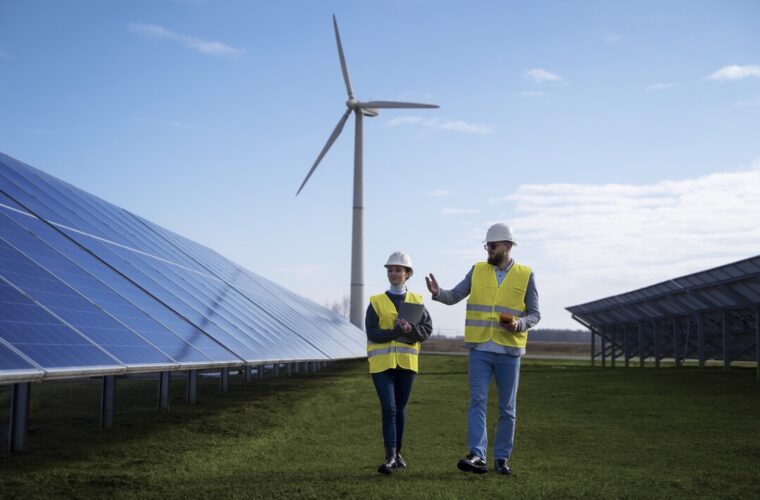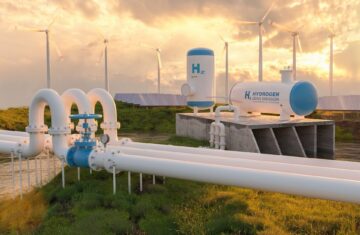ADVERTISEMENT
Between 2026 and 2030, the agreement with Brookfield will add 10.5 gigawatts of solar and wind power to the United States and Europe.
Microsoft is using more electricity as a result of expanding the capacity of its data center to accommodate artificial intelligence services. Source: Microsoft
Under a five-year agreement with Brookfield Asset Management and Brookfield Renewable, Microsoft will nearly double its renewable energy capacity by adding more than 10.5 gigawatts of solar, wind, and other “carbon-free” energy sources to Europe and the United States.
Despite not being formally disclosed, news reports place the contract’s estimated value at over $10 billion, given the state of the market. According to a joint statement from Microsoft and Brookfield, the transaction is more than eight times larger than any power purchase agreement (PPA) that has been made public to date. In comparison, utility-scale solar power installed in the United States in 2023 was approximately 20.8 gigawatts.
Through PPAs, businesses can purchase the output of newly constructed wind or solar farms, increasing the amount of renewable energy available on the electrical grid and enabling them to declare reductions in emissions. Based on research by BloombergNEF, companies announced 2023 contracts worth 46 gigawatts of solar and wind capacity, up 12% from the year before. Amazon, Meta, Google, LyondellBasell, and Tata Steel were the top five purchasers in the previous year. Microsoft was in the top 10.
ADVERTISEMENT
Fueling energy-intensive data centers
Microsoft had agreements in place for 13.5 gigawatts of solar and wind power across 16 markets as of August 2023.For approximately 1 gigawatt of renewable electricity beyond this contract, the software developer already has a deal with Brookfield, one of the biggest renewables developers in the world.
The agreement will facilitate the expansion of data centers, which will power cloud computing services and artificial intelligence. Concerns over the electricity needed to run generative AI services or train AI algorithms have been raised by futurists. Currently, data centers consume between 2 and 3 percent of the world’s annual power consumption, but by 2030, the Boston Consulting Group projects that number to triple.
The agreement leaves open the possibility of growth to other regions, such as Asia Pacific, India, and Latin America, even though its primary focus is on new projects in the United States and Europe. It might also apply to “new or impactful carbon-free energy generation technologies,” in addition to solar and wind projects.
Microsoft will receive enough solar panels from the company’s previous special long-term partnership with Qcells to complete 12 gigawatts of solar projects over the course of the next eight years.



